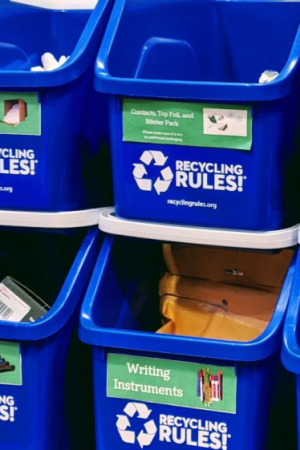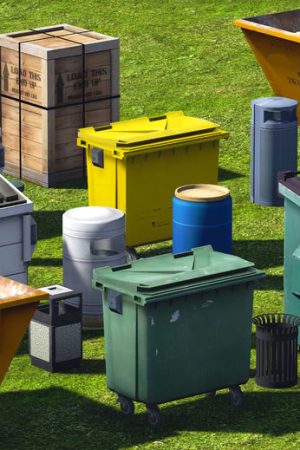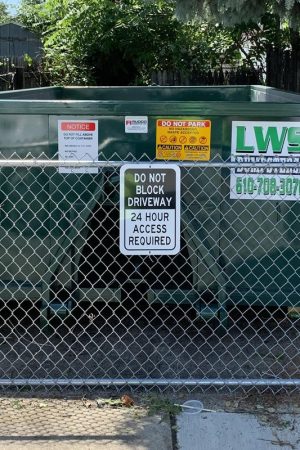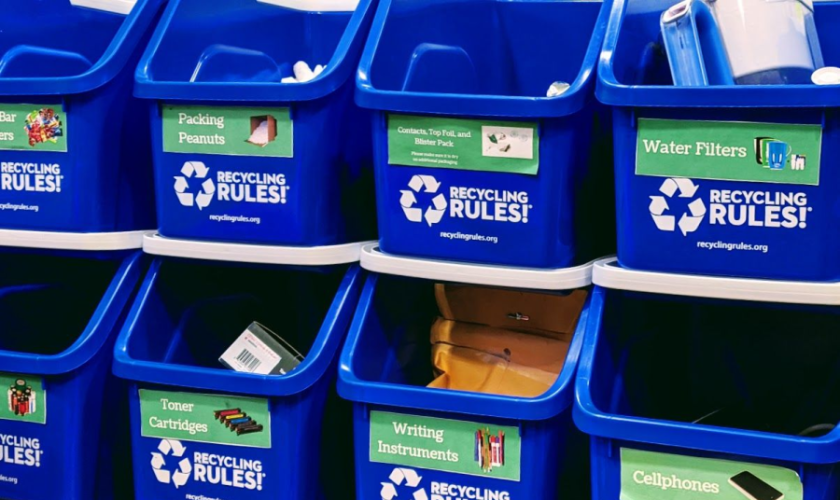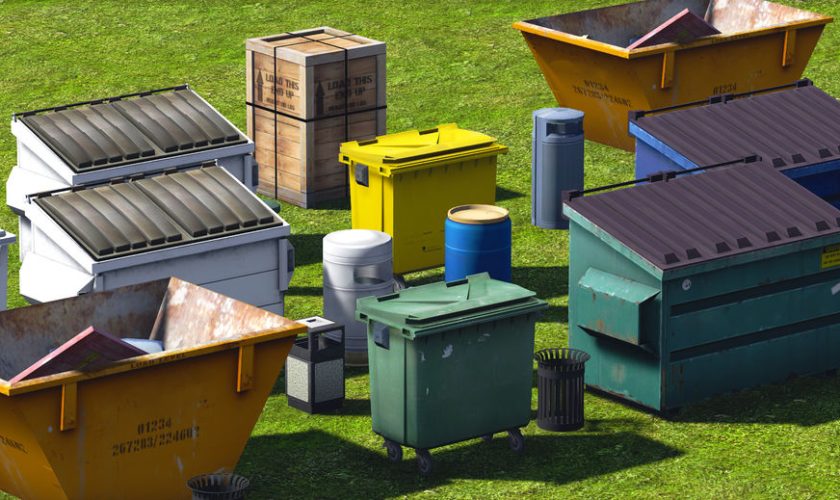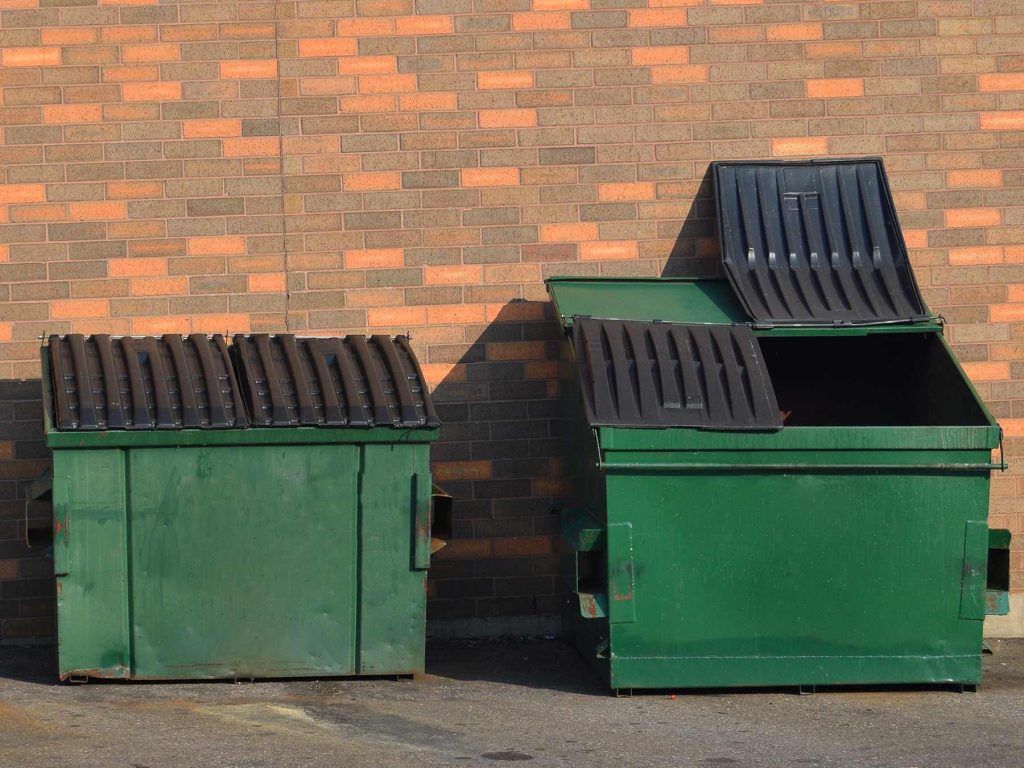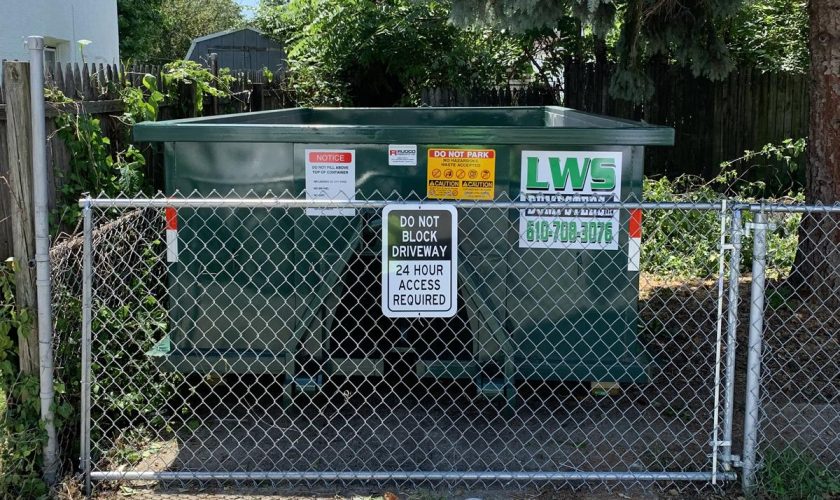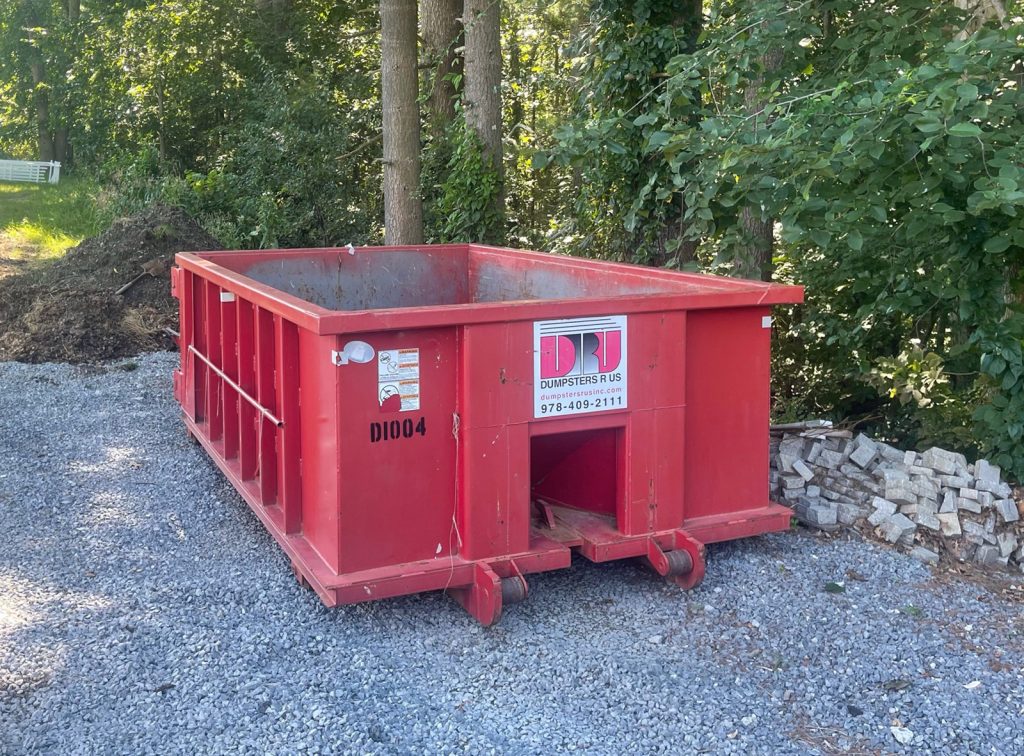Long Beach is a coastal city in Los Angeles County, California. But, like many urban areas, it has major environmental problems, especially regarding pollution.
These problems are caused by everything from industrial activity and transportation to urban development, and they don’t just impact air quality, but also water health and general public well-being. Understanding pollution is the key to addressing its root cause and finding sustainable solutions.
Air Pollution
Air pollution stands as one of the biggest environmental threats to Long Beach, primarily caused by the nearby Port of Long Beach, one of the busiest ports in the United States. At the port, diesel-powered equipment, cargo ships and trucks lead to high levels of:
- Particulate Matter (PM2. 5 and PM10): Fine particles from diesel exhaust and industrial activity can go deep into the lungs and cause respiratory problems and cardiovascular disease
- Nitrogen Oxides (NOx): Resulting from vehicles and vessels used for transportation, NOx plays a significant role in the development of smog and ozone, which can threaten human health and the ecosystem
- Greenhouse Gases (GHGs): The transportation sector, including shipping and trucking sector, is a major source of carbon dioxide and other GHGs that cause climate change
Air quality in Long Beach is frequently worse than the standards established by the Environmental Protection Agency (EPA), which can have negative impacts on all residents, but especially children, elderly people and those with existing health conditions.
Water Pollution
Long Beach is by the coastal area and susceptible to water pollution correlated with urban runoff, industrial discharge and maritime operations. Key issues include:
- Stormwater Runoff: Rainwater carries pollutants that accumulate on streets — things like oil, chemicals and trash — into the Los Angeles River and then the ocean. It pollutes coastal waters and threatens marine life and human health
- Industrial: Industrial discharges from the port and other nearby industries in the area can introduce heavy metals and oil into the water, among other hazardous substances, which can harm aquatic life and reduce water quality
- Sewage Overflows: Aging infrastructure and heavy rainfall events can result in sewage spills, which disperse harmful bacteria and pathogens into Long Beach’s waterways
- Environmental: High bacterial levels lead to beach closures, impacting tourism and recreation, and underscoring the need for better wastewater management and pollution control measures
Plastic and Litter Pollution
Plastic pollution is a growing issue in Long Beach. The beaches and waterways of the city sometimes collect large amounts of litter, a good portion of which comes from upstream urban residents and the neighbouring community. Key sources include:
- Single-Use Plastics: Bottles, bags and food packaging; common in beach clean-ups
- Abandoned or Lost Fishing Gear: Debris from shipping activities helps contribute to the issue
- Microplastics: Small plastic litter from consumer products and degraded materials enters the water, endangering marine animals and ecosystems
While local organizations and volunteers tirelessly organize cleanups and raise awareness, the extent of the problem calls for systemic change on a broader scale, including policies to limit plastic production and consumption.
Noise Pollution
Noise pollution is yet another major challenge facing Long Beach, the city’s population, port operations, and heavy traffic creating a cacophony of sounds. Continued exposure to loud noise can cause:
- Health Issues: Long-term exposure to heavy noise can lead to stress, sleep problems, and hearing loss
- Wildlife Disturbance: Marine species and coastal avifauna are among the most sensitive to noise generated by maritime traffic and port operations
- Noise pollution: mitigation efforts also include better regulation of vessel operations at ports to reduce noise from shipping traffic, and reducing the volume of cranes and other equipment machinery
There are issues of Environmental Inequities
Long Beach has pollution problems, and low-income neighborhoods and communities of color come out worse by almost every measure — raising concerns about environmental justice. These regions are usually situated in proximity to the industrial sector, highways, and the port, subjecting the inhabitants to elevated exposure to contaminants and health hazards.
Residents of such communities are more likely to face:
- Higher rates of respiratory illnesses and asthma
- Reduced availability of outdoor spaces and parks
- Economic and social inequities inflamed by environmental degradation
Countering these inequalities demands targeted policies which prioritize ecological health in vulnerable populations, including so-called clean-energy investments, public-transport upgrades, and community-driven initiatives.
Efforts to Mitigate Waste Issues and the Road Ahead
Long Beach has taken progressive steps to reduce pollution with several initiatives:
- Environmental Practices: In October 2005, the Port of Long Beach adopted a Green Port Policy committed to ensuring cleaner air and a healthier community through programs that address port operations, including alternative fuel use; electrification of port equipment; and the use of shore power
- Stormwater Management: The city is building infrastructure to capture and treat stormwater so pollutants don’t enter the ocean
- Reduction Policies: Local ordinances restricts single-use plastics, promoting businesses and residents to use sustainable practices
- Advocacy: Environmental organizations and community groups work to raise awareness and advocate for policies that tackle climate change
However, persistent challenges remain that require the engagement of government, industry and residents working together to create sustainable enhancements in environmental quality.
It would allow Long Beach, CA, to tackle a complex, systemic and intersectional problem with thoughtfully realized and equitable solutions for cleaner air and water.
These include air and water pollution, plastic waste, and noise pollution, all of which have repercussions for the health of the city, its ecosystems, and its economy, with marginalized communities feeling the most negative impact of these issues. Long Beach can continue to support a cleaner and healthier environment for generations to come by investing in sustainable undertakings such as dumpster rental services, enforcing stricter regulations, and involving the community.




